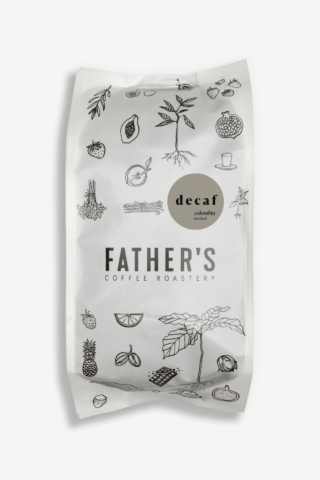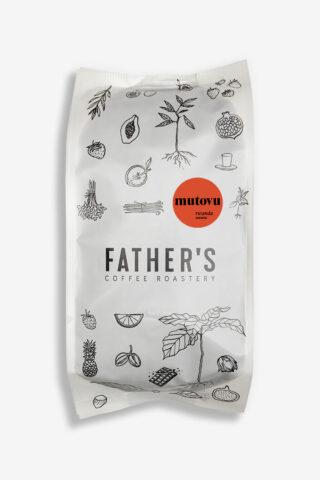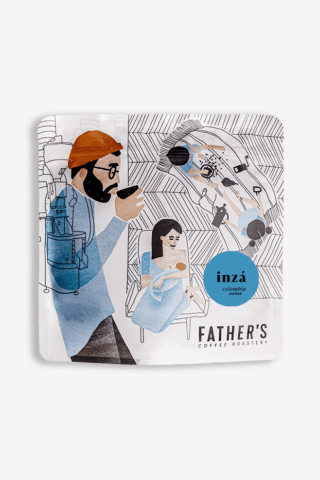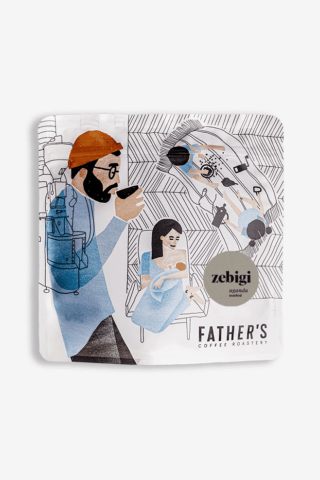PRODUCER
Producers from Bombe, as well as from the Shantawene and Keramo communities, have been supplying their best cherries to the Bombe station since the 2017/18 harvest season. It is managed by Asefa Dukamo’s son (the owner and manager of Daye Bensa station), who introduced a new dry fermentation processing method for this coffee.
The wet mill is organized and operated by a team that includes an agronomist named Atkilt Dejene, who has previously worked on the award-winning Gesha Village project, and a processing specialist, Eyasu Bekele. The Bombe station has a maximum capacity of 2.5 million kg of cherries and serves as a splendid example of maintaining high quality even with larger quantities.
PROCESSING
Special dry fermentation processing is a variation of the traditional washed coffee processing method in Ethiopia but uses significantly less water, making it much more environmentally friendly. The coffee is typically pulped to remove the skin and pulp, but the subsequent fermentation takes place without water, in temperature-controlled tanks and without exposure to air. This warm and dry environment accelerates the fermentation process, resulting in a notably sweet and complex flavor.
VARIETY
Ethiopia is considered the birthplace of coffee, and its coffee production accounts for nearly 10% of the country’s GDP. It is estimated that thousands of yet-undescribed coffee varieties grow in Ethiopia, making it the region with the highest coffee biodiversity in the world. Due to historical traditions, the way coffee is cultivated in Ethiopia, and the political situation, it is nearly impossible to find single-origin/single-variety lots. Although this has slowly started to change in recent years, the typical classification for Ethiopian coffee varieties is “Ethiopian heirloom varieties,” which refers to the native Ethiopian coffee varieties. This is the case with this coffee as well.





















